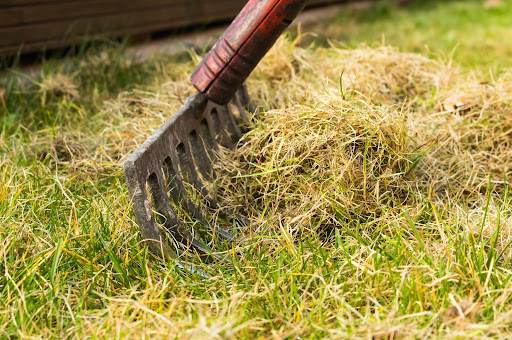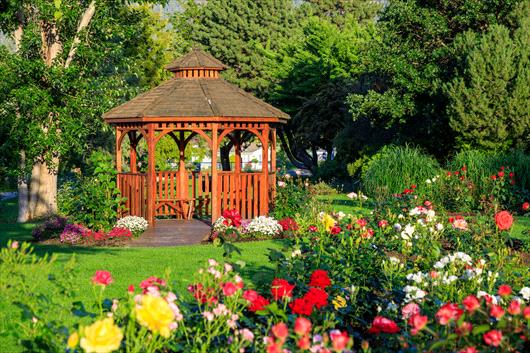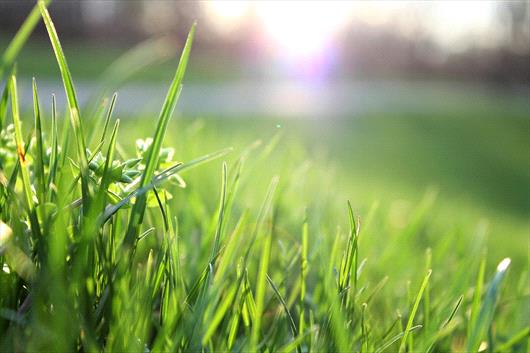Your Cart

How to Help Your Lexington Area Lawn Recover from the Winter Cold
Mar 07, 2024
Here at Weed Man, we’re excited to count down to the spring lawn care season here in the Lexington area. However, all the harsh winter conditions (plus all the winter fun) of the last few months can result in some trouble as your lawn starts to green up and come back to life this spring. Keep an eye out for these signs of winter damage, and give us a call if you have any questions about the conditions of your lawn. Winter damage refers to the changes that occur in grasses as a result of harsh winter weather conditions, including extreme cold, snow mold, ice formation, desiccation, and other environmental factors. Winter damage can lead to thinning turf, brown patches, and an overall decline in the health and appearance of the lawn. It can also make the grass more susceptible to disease and insect damage. Here are a few signs of winter damage in your lawn: Discoloration of the grass blades can be the first sign of winter damage. The grass blades may appear yellow, brown, or gray. Winter damage may cause the grass blades to shrink or shrivel up, appearing dry and lifeless. Winter damage can cause bare patches in the lawn, where the grass has died and failed to grow back. Winter damage can cause the grass blades to become matted together, making it difficult for water and sunlight to reach the roots. Snow mold is a fungal disease that can develop in areas where snow has accumulated on the grass for long periods of time. Snow mold appears as circular patches of brown or gray, matted grass. To minimize winter damage, you can take some preventative winterization steps in the fall. Fall fertilization helps the grass plant slow its top growth and store nutrients for the month ahead, and fall mechanical core aeration reduces soil compaction and excessive thatch, allowing fertilizer, nutrients, sunlight, and air to be better absorbed in the soil. Aeration also provides an ideal opportunity to apply seed to help maintain a thick, lush lawn for the next season. Before winter, it’s very important to remove any large piles of grass and debris that cannot be mulched back into the lawn with your mower. Large quantities of debris will not break down quickly and will damage the lawn by suffocating it and providing a moist home to damaging disease organisms. There are a few steps you can take in the spring to repair a lawn that is showing signs of winter damage: Matted, winter disease infested turf can simply be raked to open up the lawn environment allowing sunlight and fresh air to stimulate plant healing. A quality Weed Man fertilizer application will also encourage healing and provide you with a thick, lush, green lawn. In some cases, severely damaged turf must be replaced with seed or sod. Your local Weed Man professional will be able to advise you on the best solutions for the specific conditions of your lawn. A thick, healthy, well-maintained lawn all year ‘round is the best defense against winter damage. To help your lawn stand up to dandelions and other threats, stay on top of your beneficial cultural practices, including proper watering and mowing, and expert services like Weed Man’s exclusive high-percentage, slow-release granular fertilizer. Identifying Winter Lawn Damage

Preventing Winter Lawn Damage
Repairing Winter Lawn Damage
Get Back to Golf Course Quality with Weed Man




